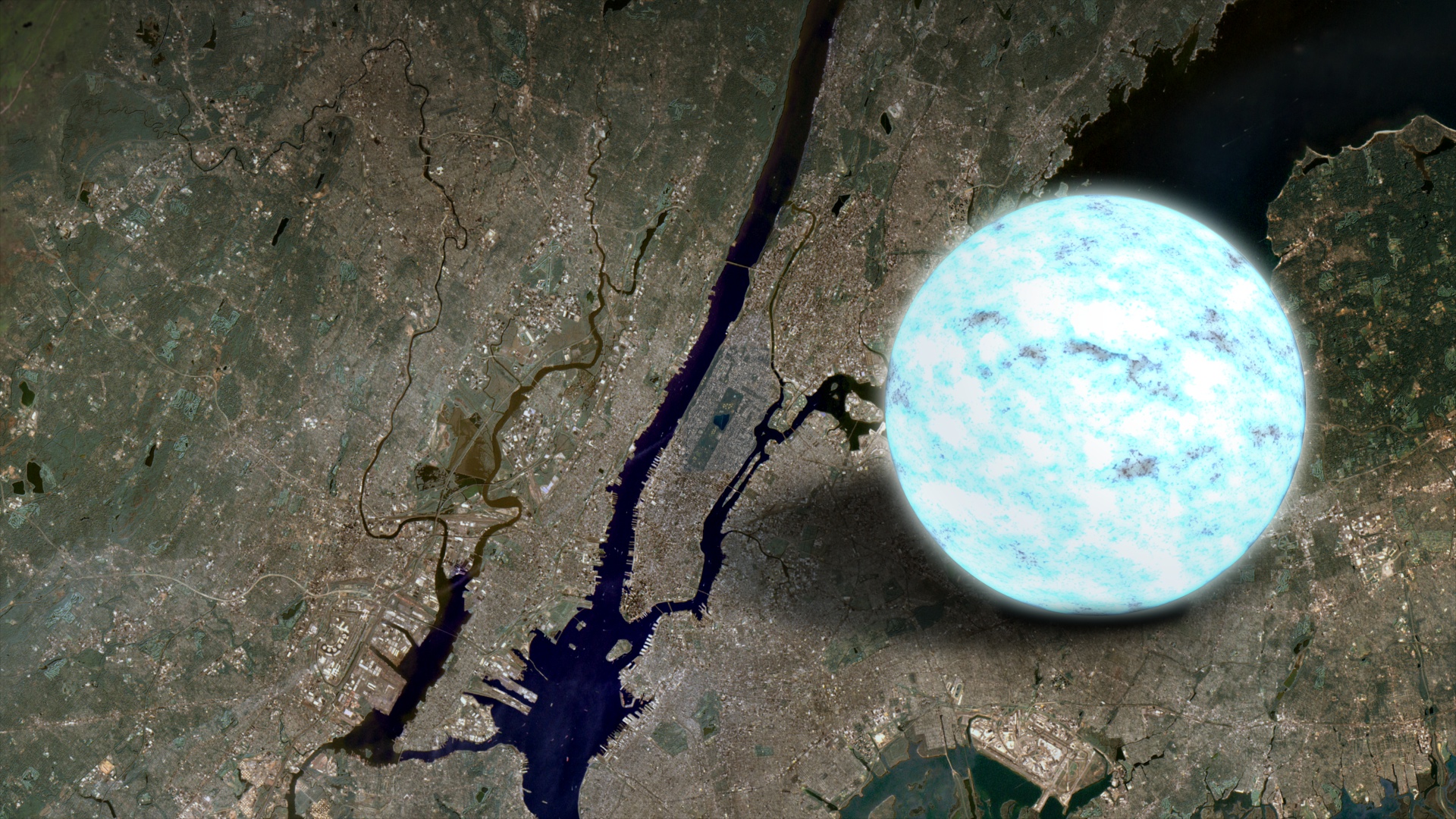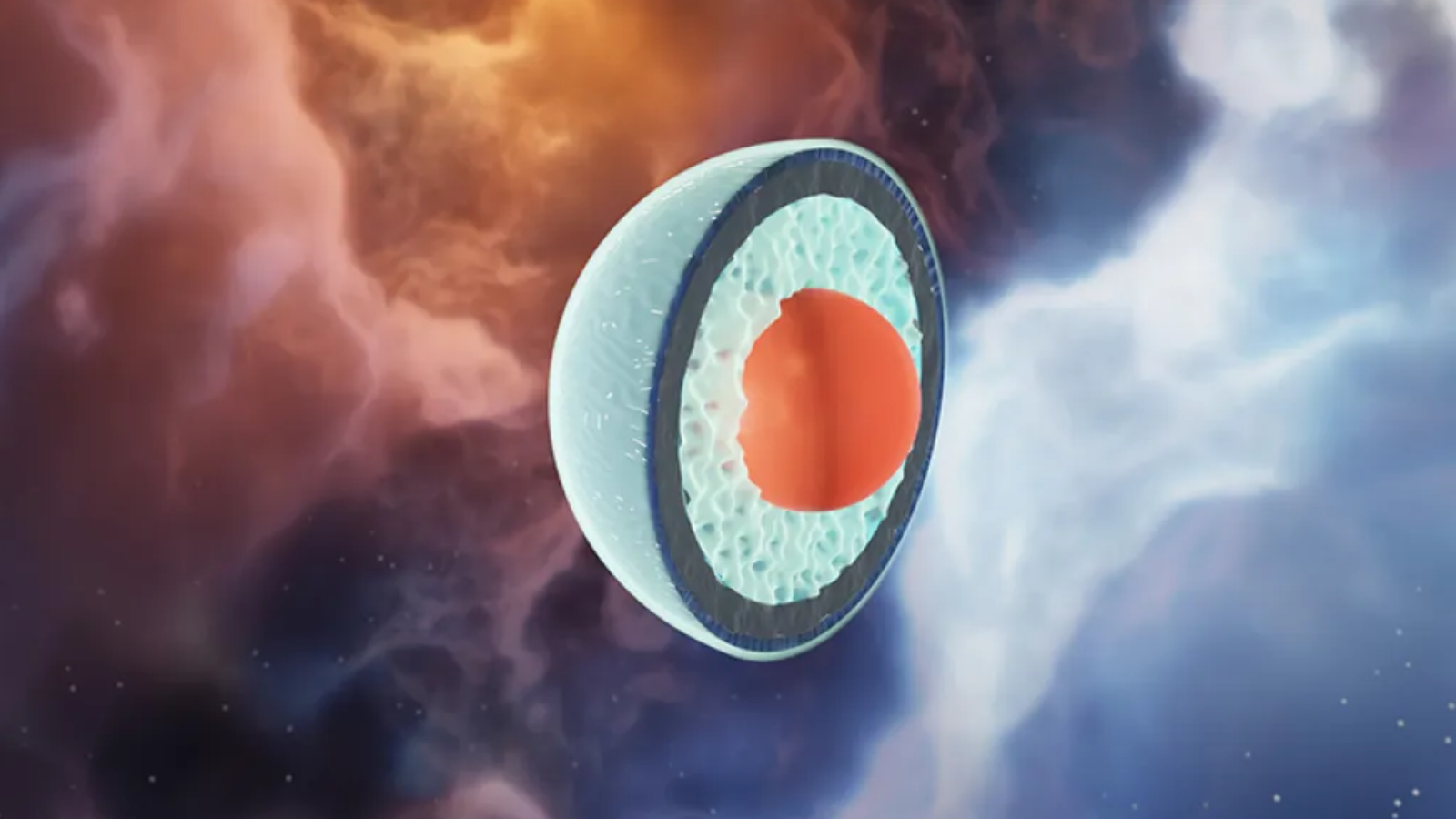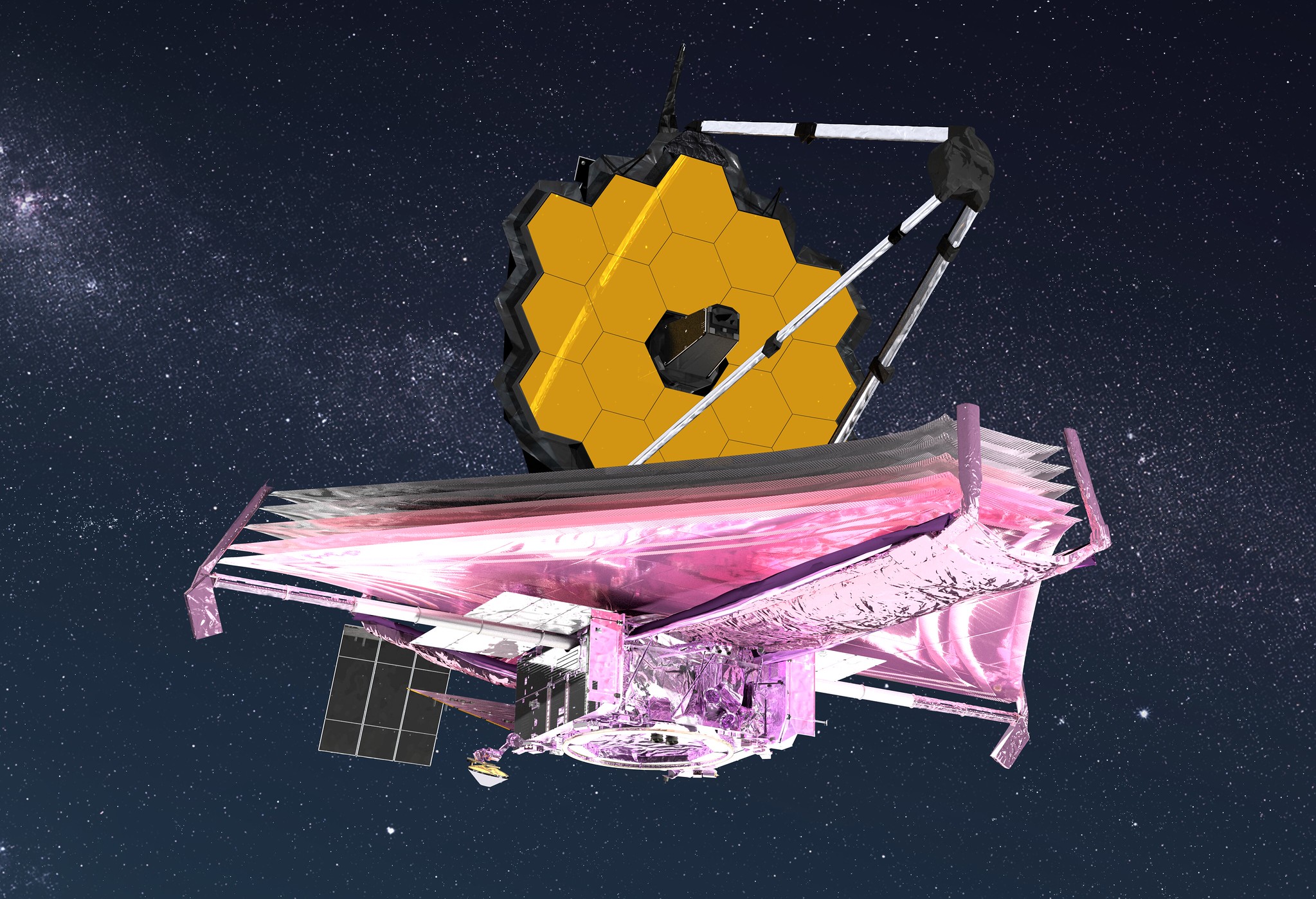Scientists posit that some dead stars made from the densest material in the known universe, so-called “neutron stars,” could act as traps for dark matter particles that smash together at high speeds and annihilate one another. In turn, the crew says, the annihilation process likely heats the dead stars from the inside out.
In general, dark matter is a problematic subject for researchers because, despite making up an estimated 85% of the stuff in the universe, it is effectively invisible because it doesn’t interact with light. Dark matter also doesn’t seem to interact with “ordinary matter” made up of protons, neutrons and electrons, either — or, if it does, these interactions are rare and weak. We’ve never seen them. This brings up an interesting question: Does dark matter interact with itself?
Nicole Bell, a theoretical physicist at the University of Melbourne, is interested in the kind of dark matter self-interaction that occurs in normal matter when an electron and its anti-particle, a positron, meet and annihilate, thereby releasing energy. Dark matter is electrically neutral, which means that whatever particles make up the substance could theoretically have their own antiparticles, too.
And, like with normal matter annihilation, when dark matter particles meet, dark matter annihilation should happen — and neutron stars could be the ideal extreme environment for such interactions.
“Annihilation is when a particle and antiparticle collide and destroy each other. This is what would happen if dark matter is its own antiparticle, as is often assumed in the most widely studied dark matter models,'” Bell told Space.com. “The capture and annihilation of dark matter in neutron stars would provide a source of heating that stops the star from getting really cold.”
That means that if neutron stars can act as “dark matter traps,” then they could emit a thermal signature. If this can be detected, neutron stars could act as rudimentary “dark matter detectors,” which would help scientists hunt down this effectively invisible form of matter.
What it takes to ensnare dark matter
A neutron star is born when a star at least eight times as massive as the sun runs out of the fuel supply it needs for nuclear fusion occurring in its core. This ends the outward force driven by radiation pressure that has supported the star against the inward force of its own gravity for millions, or sometimes billions, of years.
As a result, the core of the star collapses, sending out shockwaves that trigger a supernova. This shockwave blows away the dying star’s outer layers as well as the majority of its mass, leaving behind a stellar core with a mass between one and two times that of the sun that has collapsed to a width of around 12 miles (20 kilometers).

An illustration of a neutron star compared to Manhattan Island. (Image credit: NASA’s Goddard Space Flight Center)
Crushing a mass equivalent to over half a million Earths into a body that could sit within the city limits of Chicago naturally has an extreme effect on the matter of that stellar core. It forces electrons and protons together, creating a sea of neutrons, which are particles only normally found at the hearts of atoms. This sea of neutrons that makes up a neutron star is so dense that if a mere tablespoon of it were brought to Earth, it would weigh over 1 billion tons. That’s about the same weight as Mount Everest.
Neutron stars are thus made of the densest matter in the known universe, and that’s why scientists believe their gravitational influences could be great enough to ensnare dark matter — which, despite its lack of interaction with light and matter, does interact with gravity.
Bell explains that dark matter annihilation is thought to have happened frequently when the 13.8 billion-year-old universe was less than a second old, but is thought to rarely happen in the present-day universe. The one exception to this would be in regions in which there is a lot of dark matter.
And if dark matter can indeed accumulate in the interiors of neutron stars, Bell and colleagues found this would provide precisely that dark matter-rich environment, thus allowing it to annihilate in the aged universe.
“You could end up with a lot of dark matter in a small area, enough that there could be an appreciable amount of dark matter annihilation happening in these stars,” Bell said.
Bell added that, in dark matter experiments in laboratories on Earth, scientists search for signals of dark matter particles interacting with ordinary matter, but neutron stars have a natural advantage in this respect.
“In the lab, we are looking for collisions between dark matter particles and atomic nuclei,” she said. “But if that can occur, then dark matter must also be able to collide with the neutrons and protons in neutron stars. And neutron stars have a lot of neutrons.”
In addition to this, Bell was surprised to learn, as she investigated neutron stars and dark matter, that the immense gravity of neutron stars could create another condition that makes the self-interaction of dark matter particles even more likely within these dead stars.
“Dark matter is accelerated to speeds close to the speed of light when it infalls to a neutron star,” Bell said. “This is useful because it can enhance the rate of interactions, potentially allowing us to probe some types of dark matter interactions that would be almost impossible to see in experiments on Earth.”

A cross-section of a neutron star filled with exotic quark matter, but could these dead stars hide something even more exotic?? (Image credit: Jyrki Hokkanen/CSC)
Dark matter annihilation releases thermal energy into these dead star traps, so the team also looked at how long it would take neutron stars and the dark matter they capture to reach a state called “thermal equilibrium.” This is the point at which two substances reach the same temperature, and heat no longer flows between them.
This investigation revealed that a dark-matter-saturated neutron star could reach thermal equilibrium in a period no longer than 10,000 years, and as short as one year, depending on the model used. In cosmic terms, this is a mere blink of an eye.

NASA’s James Webb Space Telescope, seen here in an artist’s illustration, could spot thermal emissions from neutron stars that indicate dark matter annihilation. (Image credit: NASA GSFC/CIL/Adriana Manrique Gutierrez)
To validate this theory, researchers would need to measure the temperature of neutron stars. Finding these extreme dead stars are hotter than expected would reveal dark matter particles are indeed annihilating in their interiors. Such a discovery would be no mean feat, however, as only older and colder neutron stars would emit thermal radiation that is not overwhelmed by other light. This would require the most powerful observational instrument humanity has ever shot into space: The James Webb Space Telescope.
“The neutron stars we are most interested in are very cold stars, which are difficult to see,” Bell added. “The temperatures of these stars would lead to emission in the near-infrared, which may be possible to see with the James Webb Space Telescope (JWST).”
The lack of understanding regarding neutron stars could mean that this model of dark annihilation might be easier to test with the type of stellar remnant left behind when more diminutive stars like the sun die: White dwarfs.
“Neutron stars would be good for capturing dark matter because of their extreme density. But they are also relatively poorly understood stars,” Bell concluded. “Similar ideas can be applied to other stars that we understand better, such as white dwarf stars.”
If the theory turns out to be correct, it would not only shine a light on dark matter but also help scientists better understand the evolution of neutron stars.
Bell and colleagues’ research, yet to be peer-reviewed, is available on the paper repository site arXiv.
News Related-
Up to 40 Tory MPs ‘set to rebel’ if Sunak’s Rwanda plan doesn’t override ECHR
-
Country diary: A tale of three churches
-
Sunak woos business elite with royal welcome – but they seek certainty
-
Neil Robertson shocked by bad results but has a plan to turn things round
-
Tottenham interested in move to sign “fearless” £20m defender in January
-
Bill payers to stump up cost of £100m water usage campaign
-
Soccer-Venue renamed 'Christine Sinclair Place' for Canada soccer great's final game
-
Phil Taylor makes his pick for 2024 World Darts Championship winner
-
Soccer-Howe aims to boost Newcastle's momentum in PSG clash
-
Hamilton heads for hibernation with a word of warning
-
Carolina Panthers fire head coach Frank Reich after 1-10 start to the season
-
This exercise is critical for golfers. 4 tips to doing it right
-
One in three households with children 'will struggle to afford Christmas'
-
Biden apologised to Palestinian-Americans for questioning Gaza death toll, says report
